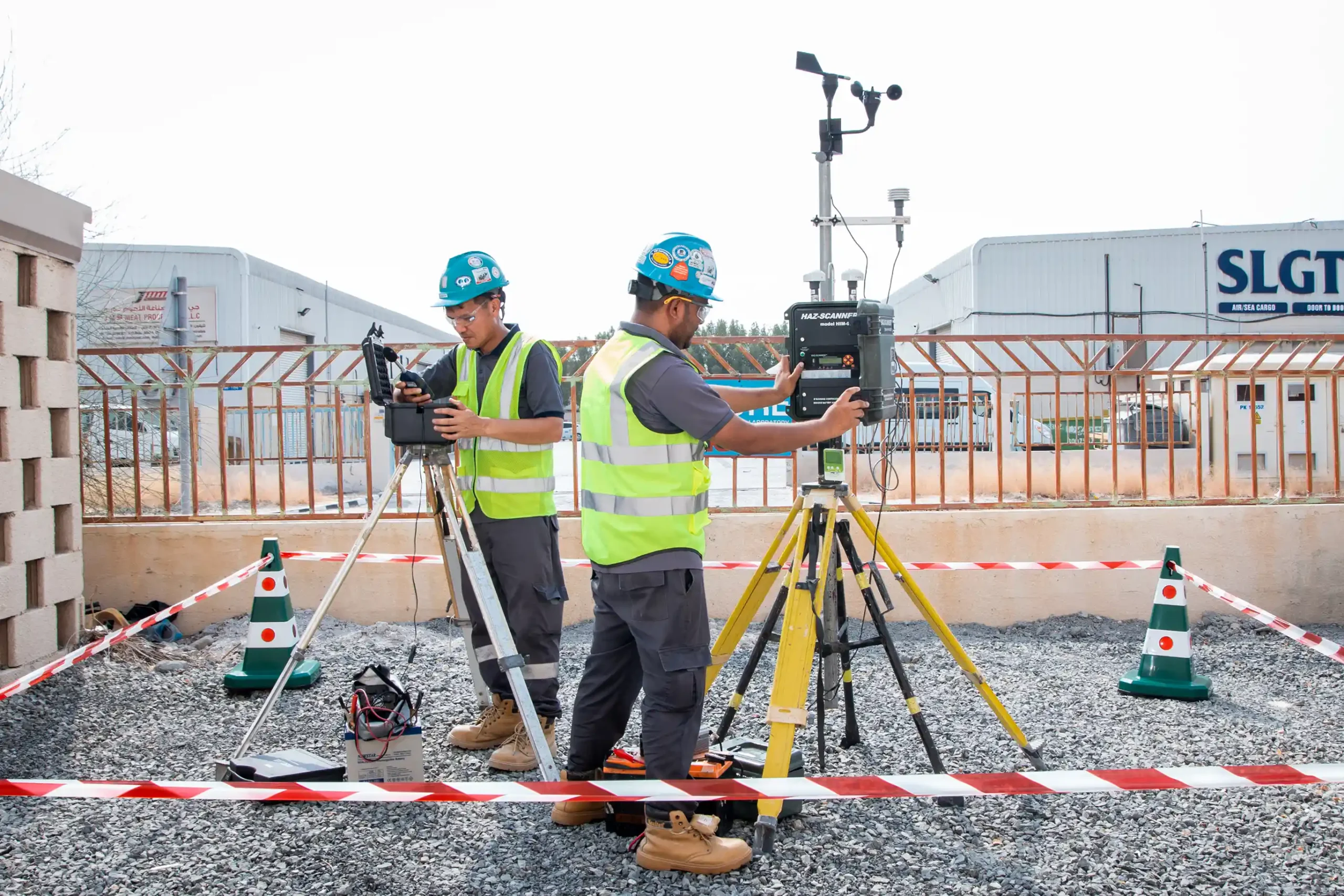Introduction
Environmental impact assessment is a critical process that evaluates the potential environmental consequences of proposed projects before they are executed. By identifying and mitigating adverse effects, Environmental Impact Assessments play a significant role in sustainable development and climate change mitigation. This blog explores the importance of Environmental Impact Assessments and how they contribute to a healthier planet.

What is an Environmental Impact Assessment?
An environmental impact assessment is a systematic process used to predict the environmental effects of a proposed project. It ensures that environmental considerations are integrated into decision-making at an early stage. Environmental Impact Assessments help authorities, stakeholders, and project developers understand the potential impact of activities on air, water, land, and biodiversity.
The Importance of Environmental Impact Assessments in Climate Change Mitigation
Environmental Impact Assessments are instrumental in tackling climate change as they:
- Identify Environmental Risks – Environmental Impact Assessments assess potential emissions, deforestation, and resource depletion that contribute to global warming.
- Promote Sustainable Development – They help implement eco-friendly practices, such as renewable energy adoption and waste management strategies.
- Ensure Regulatory Compliance – Environmental Impact Assessments align projects with environmental laws and international climate policies, ensuring responsible development.
- Encourage Public Participation – Public and stakeholder engagement in Environmental Impact Assessments fosters transparency and accountability in environmental decision-making.
- Support Carbon Reduction Efforts – Environmental Impact Assessments promote energy efficiency and low-carbon technologies, reducing greenhouse gas emissions.
Key Steps in the Environmental Impact Assessment Process
- Screening – Determines whether a project requires a full Environmental Impact Assessment.
- Scoping – Identifies potential environmental impacts and necessary studies.
- Impact Assessment & Mitigation – Analyzes risks and proposes solutions to minimize harm.
- Public Consultation – Engages stakeholders for feedback and concerns.
- Decision-Making – Authorities review findings and approve or modify the project.
- Monitoring & Compliance – Ensures mitigation measures are effectively implemented.
Challenges and Future of Environmental Impact Assessments
Despite their benefits, Environmental Impact Assessments face challenges such as lengthy approval processes, inadequate enforcement, and limited public awareness. However, advancements in technology, artificial intelligence, and environmental policies are enhancing the efficiency and effectiveness of Environmental Impact Assessments in climate action.
Conclusion
Environmental Impact Assessments play a vital role in balancing development and environmental protection. By integrating climate-conscious strategies into project planning, Environmental Impact Assessments contribute significantly to global efforts in mitigating climate change. As environmental concerns grow, strengthening Environmental Impact Assessment frameworks will be crucial for a sustainable future.






0 comments:
Post a Comment